 America’s student math scores continue to drop. Headlines such as “Less than half of Maryland students pass English, math assessments” and “Internationally, U.S. Students Are Falling” have become so common, we are almost immune to the message. The knee-jerk reaction “That’s not my school; that’s someone else’s” has become the excuse for fighting efforts to fix kids’ math aptitude when those fixes are outside the box or difficult. The problem is, tomorrow’s adults must be math proficient which means our kids must be. A preponderance of jobs today’s kids will get when they join the working world will require technology — and with that, the critical thinking developed by math. It’s no surprise conscientious schools are looking for more effective and reliable ways to teach that math. If your school has decided that what’s always worked doesn’t and will be evaluating math programs to find one that provides a real solution to the math aptitude problem, here are seven of the most popular you want to include:
America’s student math scores continue to drop. Headlines such as “Less than half of Maryland students pass English, math assessments” and “Internationally, U.S. Students Are Falling” have become so common, we are almost immune to the message. The knee-jerk reaction “That’s not my school; that’s someone else’s” has become the excuse for fighting efforts to fix kids’ math aptitude when those fixes are outside the box or difficult. The problem is, tomorrow’s adults must be math proficient which means our kids must be. A preponderance of jobs today’s kids will get when they join the working world will require technology — and with that, the critical thinking developed by math. It’s no surprise conscientious schools are looking for more effective and reliable ways to teach that math. If your school has decided that what’s always worked doesn’t and will be evaluating math programs to find one that provides a real solution to the math aptitude problem, here are seven of the most popular you want to include:
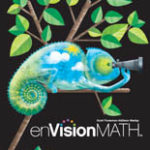
enVisionMATH
Pearson’s enVisionMATH Common Core-aligned curriculum develops K-6 students’ understanding of math concepts through problem-based instruction, small-group interaction, and interactive learning with a focus on reasoning and modeling. The textbook is filled with colorful pictures, illustrations, and attempts to present practical, real-life examples of using math in the world. Pros Despite including teacher manuals and student workbooks, EnVision Math is affordable enough to serve traditional and homeschool needs. Cons When I read reviews of EnVision Math, complaints spanned the gamut of being too easy to too complicated, not challenging enough for bright students to boring for others. The solution for you: Preview the book and see if it’s right for your student group and your teaching style.
Everyday Mathematics
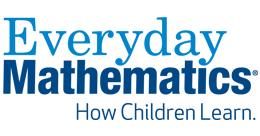 McGraw-Hill’s Everyday Mathematics is a comprehensive PreK-grade 6 Common Core-aligned mathematics program developed by the University of Chicago School Mathematics Project. The spiral curriculum (meaning concepts are presented in one unit and returned to often in subsequent units) is designed to ensure students master and remember key concepts by revisiting them in a variety of contexts over time. It is an effort to take the “bore” out of Math, remove drills, and infuse it with thought-provoking approaches to math skills. Students learn hundreds of ways to problem-solve (such as the “lattice method” for multiplication) allowing them (according to the program experts) to choose the one that best fits their learning style. Pros Every year in the US, about 220,000 classrooms use Everyday Mathematics. Lots of teachers love (or don’t love) the spiral nature of teaching and the many options presented for solving math problems. Cons Everyday Mathematics teaches math in non-traditional ways which makes it difficult for traditionally-schooled parents to help students with homework. Of all the math programs included in this list, Everyday Mathematics is the one with the most complaints and the most passionate detractors. People love or hate this program for reasons varying from the presentation style to student success. Many consider it to be “Reform” or “Constructivist” rather than rigorous and skills-oriented.
McGraw-Hill’s Everyday Mathematics is a comprehensive PreK-grade 6 Common Core-aligned mathematics program developed by the University of Chicago School Mathematics Project. The spiral curriculum (meaning concepts are presented in one unit and returned to often in subsequent units) is designed to ensure students master and remember key concepts by revisiting them in a variety of contexts over time. It is an effort to take the “bore” out of Math, remove drills, and infuse it with thought-provoking approaches to math skills. Students learn hundreds of ways to problem-solve (such as the “lattice method” for multiplication) allowing them (according to the program experts) to choose the one that best fits their learning style. Pros Every year in the US, about 220,000 classrooms use Everyday Mathematics. Lots of teachers love (or don’t love) the spiral nature of teaching and the many options presented for solving math problems. Cons Everyday Mathematics teaches math in non-traditional ways which makes it difficult for traditionally-schooled parents to help students with homework. Of all the math programs included in this list, Everyday Mathematics is the one with the most complaints and the most passionate detractors. People love or hate this program for reasons varying from the presentation style to student success. Many consider it to be “Reform” or “Constructivist” rather than rigorous and skills-oriented.
GO Math!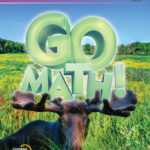
Houghton-Mifflin’s GO Math! is a comprehensive K-8 mathematics program developed to support the Common Core State Standards for Mathematics and the NCTM Curriculum Focal Points. The program emphasizes Essential Questions and Big Ideas with depth of understanding as the goal. Pros Like Everyday Mathematics, Go Math! provides multiple ways for students to solve problems. It is also known for its individualized instruction and gamified approach. Cons Detractors call it No-Go Math! Reasons vary from lack of depth to no number lines to boring because of its repetition. Evaluate it with your students and your teaching style in mind to determine if it’s a good fit for your needs.
Khan Academy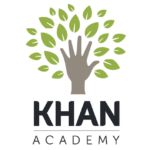
Winner of Google’s Project 10 to the 100 ideas to change the world, Common Core-aligned Khan Academy is unlike any other online math program. It has no books, is entirely online, student-paced and video-delivered, doesn’t require an account (though that helps in tracking progress), has no ads, and costs nothing (yep, it’s free). Pros Where many (most) math curricula are hampered by linking material to the grade level, Khan Academy doesn’t. Students take a test, start learning, and progress according to their abilities. Third graders can do 5th-grade material without being held back or 1st-grade material without feeling “dumb”. It offers an almost unlimited number of practice exercises organized by topic with instant feedback and progress data. Students track their proficiency with a dashboard that populates through their account ID. Teachers (which includes parents) can track all students under their tutelage. Cons The videos, because they are so detailed, can be boring to certain students. As a result, this may not work for you.
Singapore Math
Singapore Math’s K-6 and 7-8 curricula is a mastery-based math curriculum that focuses on conceptual understanding. If there is a gold standard for math programs, Singapore Math is it. It teaches concepts as well as memorization and has a Common Core-aligned option. Pros Many consider its strongest characteristics as its clear and multi-pronged presentation of concepts as well as its effective mix of drill, word problems, and mental calculation instruction. There are three versions, varying depending upon if you live in California, if you live in a Common Core State, or if you’re something else. Con To some, it is too rigorous.
Stepping Stones
ORIGO Education’s K-6 Stepping Stones 2.0 math program is versatile, easy-to-use, and nicely differentiated for varied learning and teaching strategies. It is available in English and Spanish with versions aligned with Common Core Standards or the Texas Essential Knowledge and Skills. Its unique system of scaffolding lesson-to-lesson and circling back on important concepts not only reinforces learning but enhances higher order thinking skills. Teaching materials include an abundance of resources, professional development, and videos. Lesson plans are delivered via a granular combination of rigorous critical thinking activities, real-world problems, and interactive digital games. Pros Instructions include cross-curricular connections that link math to other subjects. Online resources including virtual manipulatives, interactive tools, and games allow students to practice skills through meaningful and engaging activities. An all-encompassing K-6 Scope and Sequence lets teachers see what topics are taught in which grades. Embedded videos provide teachers with professional development and pedagogy needed to effectively address standards in classroom instruction. Cons Teacher materials are digital only, but can be printed through the Resources tab. I’ve found many schools are transitioning away from paper to all-digital, so this may not bother you.
Thinkster Math
Thinkster Math is a K-8 math tutorial program aligned with Common Core and based on well-known international math programs such as Singapore Math. Offered in thirty countries and used by thousands of students, it teaches via digital worksheets, video tutorials, feedback from human coaches, and a long-term plan developed with the student that encourages students to learn at their own pace, wherever they are, on a device that they love. Somewhat like Khan Academy, it creates a learning plan for students based on where they start, not based on what should be learned at a particular grade level. These are popular with students, teachers, and parents who want no artificial boundaries on what students learn, the only limits being their interest and aptitude. Pros Video tutorials help students with difficult problems. When they submit work, they get personal feedback from their assigned coach who is always a qualified math teacher. You can ask them anything about math. Students can complete lessons without wifi, using downloaded worksheets. Cons It is worksheet-intensive. If you want to avoid that approach to learning, this may not be the best approach for you. And there are not yet education accounts where a teacher can enroll all students and track their progress (as you see in Khan Academy). I’m sure that’s coming.
***
Every math program will have pros and cons, attractors and detractors. What you must do is pick the program best suited to your student group.

Copyright ©2022 askatechteacher.com – All rights reserved.
Jacqui Murray has been teaching K-18 technology for 30 years. She is the editor/author of over a hundred tech ed resources including a K-12 technology curriculum, K-8 keyboard curriculum, K-8 Digital Citizenship curriculum. She is an adjunct professor in tech ed, Master Teacher, webmaster for four blogs, an Amazon Vine Voice, CSTA presentation reviewer, freelance journalist on tech ed topics, contributor to NEA Today, and author of the tech thrillers, To Hunt a Sub and Twenty-four Days. You can find her resources at Structured Learning.

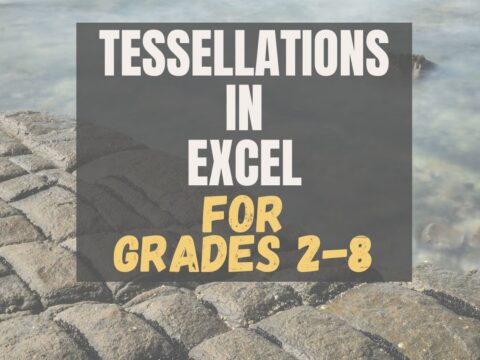
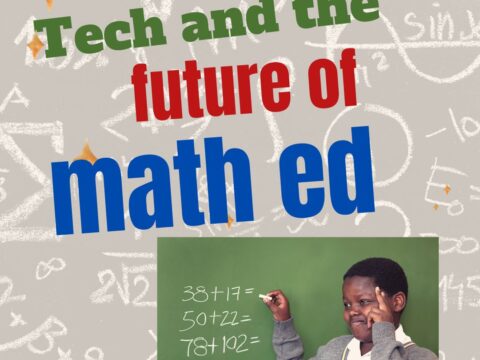
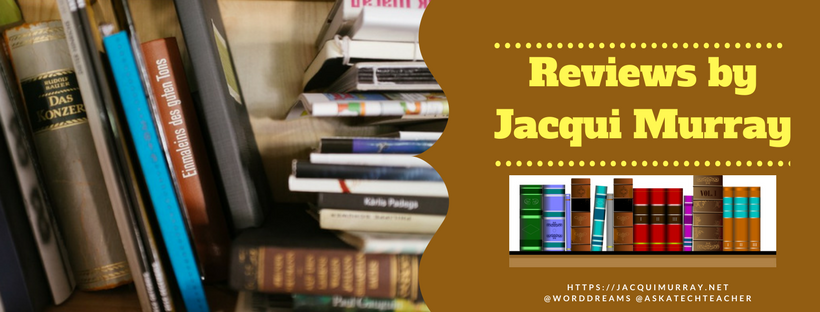
































4 thoughts on “Quick Review of 7 Popular Math Programs”
Comments are closed.